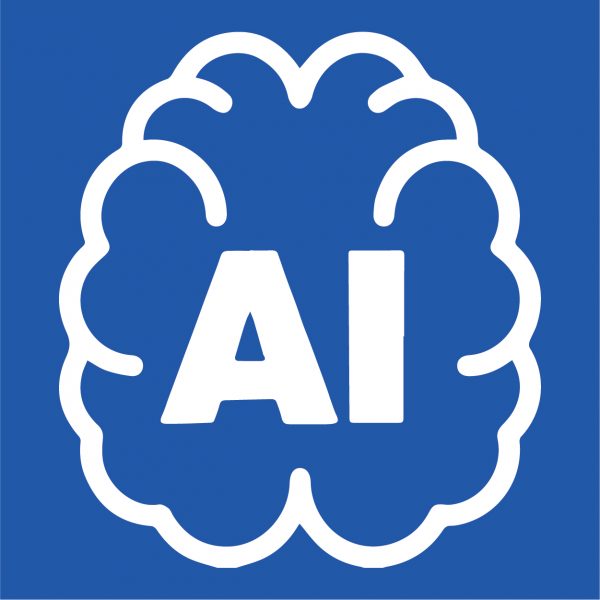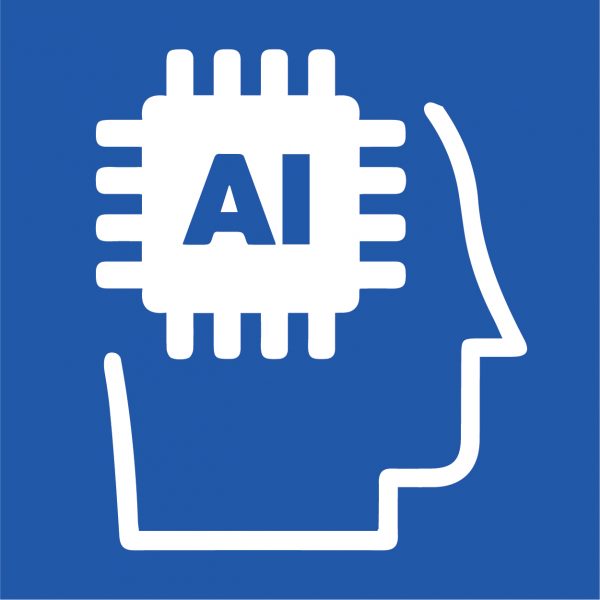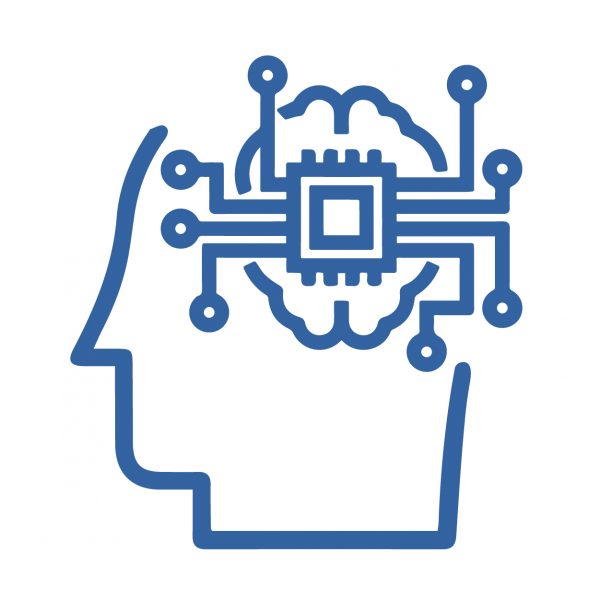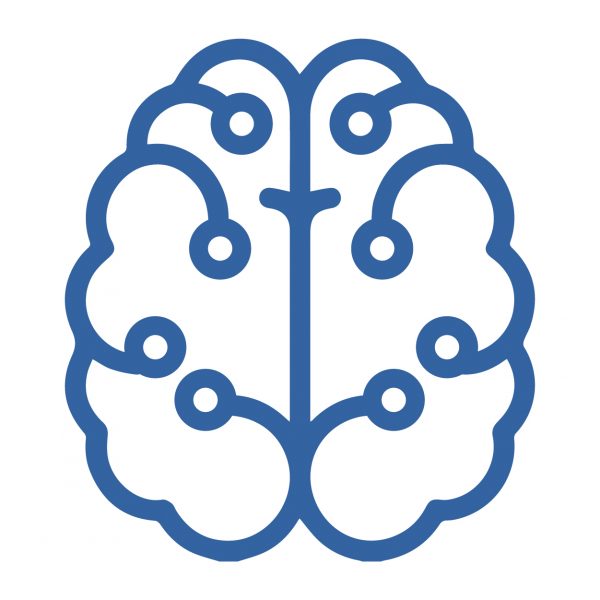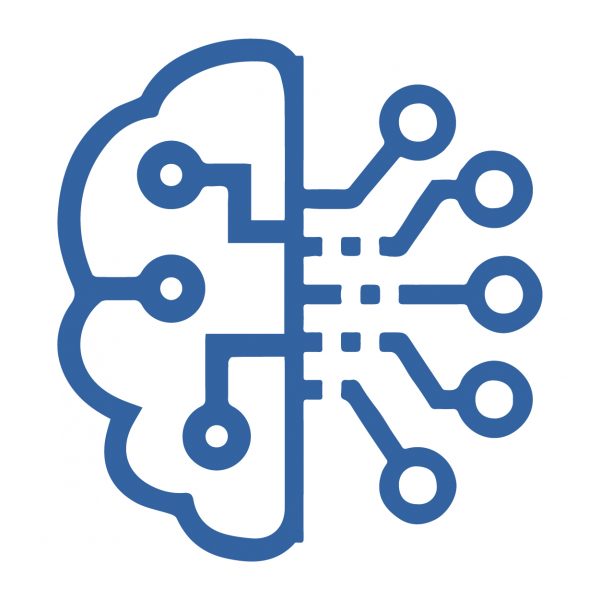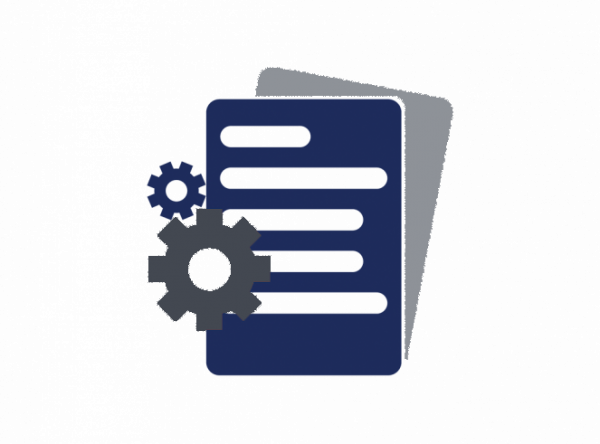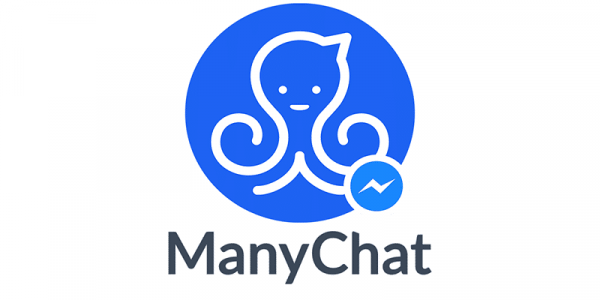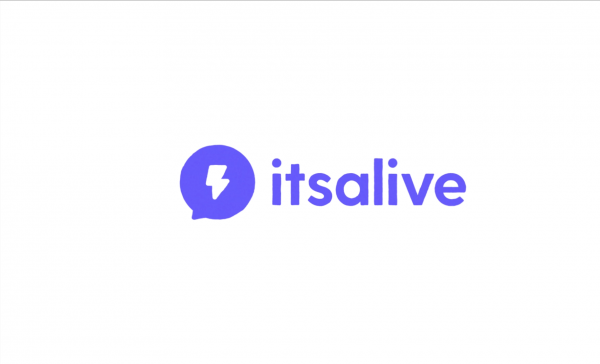With better algorithms and advanced computing powers, machines are now able to work more independently and with minimal human interventions. The development of AI technology is drastic. However, a large portion of the world has a minimal understanding of its concept and the indispensable application in AI. So, what is AI and what does it hold for us in the future? We’ll answer all that in this article. Let this be your ultimate artificial intelligence tutorial and never again misinterpreting Machine learning as AI. Deep Learning Machine Intelligence Natural Language Processing According to Patrick Winston, a Ford Professor of AI and Computer Science defines AI as “algorithms enabled by constraints, exposed by representations that support models targeted at loops that tie thinking, perception and action together.” While many would have their own interpretation and definition of Artificial Intelligence, it’s in fact is a branch of computer science that deals with building machines based on algorithms that can simulate and mimic “human intelligence”. An AI-powered machine is something that can adapt human-like reasoning to serve as real humans’ decision support system. Simulating the human mind through machines, AI has the potential to make devices learn, analyze behavior, and influence decision-making. For this reason, artificial intelligence is rising a great swing finding its leverage over the industrial world — and now even in households. There are several types of artificial intelligence, some of which are more familiar to you and some otherwise. By understanding its mechanism, it should give us a clearer perspective of AI capabilities and their benefits. As we already established, AI was developed to replicate the human brain and carry out human-like functions. The extent of how well an AI-driven machine can perform a task is the basis of classifying them. While there are at least 7 types of AI, we can simply understand them into two classifications. That is the Weak and Strong AI. One good example of Weak AI is a chess application. When you play against a computer, it’s giving you a sense that your opponent is making intelligent moves. But, that’s not what is really happening. Every move of the computer is based on the information fed into it by a human prior to the development of the game. Contrary to our belief, it does not decide what moves to make in real-time. Instead, your moves were previously simulated so the computer will react according to what it is instructed to. Virtual assistants and even autonomous cars can all be considered as weak AI. Any machine intended for automation is classified as weak AI.
Strong AI
Strong AI is built around a principle that machines can learn, understand, and carry out tasks just like how humans do. Its cognitive abilities are seen to be closest or even exceed those of human intelligence. Machines with strong AI are expected to function like the human brain with the same level of understanding and consciousness. This type of AI is what concerns conservative people as it could be a prelude to robots taking over humanity as we always picture. However, Strong AI is nothing but still a theory. At least for now, we are nowhere near developing a machine that can be classified as Strong AI. Most of the AI devices right now are performing based on how they are programmed to. Whether it’s the simplest or the most advanced AI, they all fall under weak AI as they are not completely autonomous. Decades after, AI has broadened exponentially. Nowadays, it intertwines with machine learning, data analytics, and natural language processing. A real AI needs these components implemented into its computing system to work. Machine Learning, or ML, focuses mainly on the development of computer algorithms that learn and improve automatically without being explicitly programmed. It uses and analyzes sample data it was previously fed to predict or make decisions, aka predictive analytics. This is the technology behind the Watch Next on Netflix or the Made for You on Spotify which predicts the content you might like. Aside from the voice recognition of virtual assistants, language translators such as the one in Skype is a real-world example of NLP. In some cases, the customer service industry also implements natural language processing to facilitate real-time communication between computers and humans. As the world population continuously grows, clinical data become more overwhelming to handle. Thankfully, AI systems can also read patients’ electronic health records (EHR) and give a cognitive summary. Although it raises concerns about the confidentiality of EHRs, AI has is an excellent tool in giving diagnosis and monitoring patient’s recovery. John Hopkins previously reported that more than 250, 000 people die in the U.S. due to medical errors each year. But the accuracy in diagnosis and treatment brought about by AI and EHRs is expected to alleviate this. Aside from diagnosis and treatment, electronic health and medical records software solutions also make medical billing and practice management more seamless. Though the future of AI in medicine and healthcare is debatable, there are speculations that AI can revolutionize the healthcare industry to a hold new level. And the artificial intelligence kidney is just the beginning of this technology. For now, only time can prove it all, and we shall see what the future holds. The system also facilitates telemedicine and e-prescribing to eliminate routinary administrative tasks. It has an add-on iOS app that automatically manages the patient’s to-do-list and sends reminders. It also has a telemedicine platform for private video sessions that makes consultations easier while keeping patient information secure and confidential. It’s a cloud-based system that allows practitioners to view their clinical tasks as well as pending appointments. This allows medical care providers to coordinate and deliver patient care effectively. Artificial Intelligence had a significant hand in curbing fraud. Take your debit card as an example. AI in banking uses your past spending habits to detect possible unauthorized transactions. It can detect odd spending behaviors such as using your card in a foreign country right after you use them elsewhere, or spending too much that is very unlikely for you. Of course, AI doesn’t benefit the customers alone. It benefits the bankers more than anyone else. Using machine learning in Finance, it enables banking institutions to automate bookkeeping and swiftly give customers their banking scores. This way, they can see who has consistent and responsible loan repayment habits and assess the risks of granting a loan to an individual. Generally, the adaptation of machine learning in finance provides a more streamlined work process to promote efficiency and reduces financial risks. In addition, some financial advisors implement AI in helping customers manage their wealth, hence the term Robo-advisors. The service also allows you to know and track your credit score, alongside providing you tips on how to improve it. Mint employs multi-factor authentication and security scanning to ensure that your data and money are safe. But, the catch is PocketGuard doesn’t only monitor your spending. It also tracks how much you are making and encourages you to deposit on your savings account. It also takes care of recurring bills and provides you with better deals so you can cut costs and save more. By connecting your banking details, it creates a budget for your essential living expenses such as rent, utility bills, loan payments, and savings. It also displays underfunded liabilities so you can manage them. It also has weekly podcasts and videos to help you make intelligent financial decisions. Customer service and support is one aspect of marketing where AI excels at. With natural language processing, companies can swiftly identify customer concerns and automatically respond to them in a more personal manner. It automates agents’ activities so they can focus on more essential tasks. But if there is one AI tool most marketers are utilizing, it is the chatbot in businesses. Most companies nowadays leave common customer inquiries to chatbots. They usually give technical information about their services to customers and connect them to live agents when the need arises. With AI tools, educators will be able to bridge the learning gaps of students. Naturally, it will be hard for the teachers to identify each student’s learning needs if they are managing at least 30 in each class. But thanks to AI, it helps them to provide differentiated teaching methods that suit each student’s particular needs. This is made possible by AI-powered digital testing and feedback platforms that provide insights into the gaps in the knowledge of the students. The application of AI in education does not end in the classroom. AI application apps are also available for students which they can use for tutoring or as a review guide. With AI, study apps are becoming more intelligent and can respond to different learning styles. They can also provide smart content fit for the students’ needs.
Reliable and Accurate Prediction
AI is not just about automation. Given a data set, it can provide rational predictions and preempt outcomes. Weather apps predicting the humidity or heat index in your area is a simple example of this. But on a larger scale, AI can be capitalized to gain insights on business outcomes. For instance, companies can use AI to analyze employee data and predict the attrition tendency. This particular technology saved IBM millions of dollars in retention costs. In other instances, companies use AI to extract sales data from cloud servers then analyze them to come up with targeted marketing plans.
Enhances Work Accuracy
With machine learning capability, automated systems can be more intelligent and carry out tasks with high accuracy. That is the ultimate goal of AI ─ to minimize, or possibly eradicate human errors. We have already discussed how AI tools help in medical diagnosis and in the reduction of medical accidents. But, AI can also be applied in other industries that require high-level accuracy. AI machines are widely used in manufacturing, eliminating the need for human operators in the assembly line. Similarly, AI systems are also being deployed for space exploration instead of humans. We all know how critical these industries are that if you even miss a clause can lead to accidents.
Increases Overall Work Efficiency
AI system’s predictive capabilities and high accuracy make them efficient to use. They reduce manpower, produce more output, and cut off costs. They execute repetitive tasks that might require higher costs when done by humans. That is not to say that AI could replace manpower, but it is a good alternative so human workers can focus on more critical tasks. This way, they also become more efficient since they no longer have to do a particular task over and over again. When efficiency is hit, better return on investment can come along.
Boost Customer Satisfaction
Unlike humans, AI systems take little time to rest. No matter what the time is, they can work endlessly without falter. Just take a look at virtual assistants, as long as they have power and are connected to the internet, they can operate 24/7. Similarly, chatbots are very beneficial, especially to customer service providers. Instead of having human agents round-the-clock, they now utilize chatbots to answer common queries from customers. On a grander scale, chatbots analyze human tone so customer care providers can think of the best way to deal with them. Here are some of the best AI jobs that might spark your interest now: Aside from giant tech companies, it is also worth mentioning some emerging AI startups that could shake the industry. Truly, AI is the fastest growing industry today. In 2019 alone, AI startups collectively received over $10.7B of investment as Forbes reported. As more and more is being discovered about AI, it’s business trend is also getting more interesting. If you want to be invested not on the technical but on the financial side of AI, then you might want to follow the top artificial intelligence stocks to buy. Sophia could be the most convincing humanoid robot we have seen. Developed by Hanson Robotics in 2016, she made a big buzz for her ability to imitate human gestures. She has human-like facial expressions and could answer questions with great precision. In many instances, she also showed her sense of humor and raised her voice for various causes such as women’s rights in Saudi Arabia. For many, it’s hard to comprehend how a robot, made of steel and metals, can do all of that. The answer is Science. Sophia is a mixture of multiple AI architectures. For her speech, she uses speech recognition and speech synthesizer. This technology is similar to what smart speakers and text-to-speech use to create sounds. Sophia also uses OpenCog for her general reasoning. As to how she makes eye-contact and follow faces, Sophia has cameras on her eyes coupled with image recognition technology which allows her to recognize people. With her impressive human-like abilities, it’s safe to say that Sophia is an icon in AI. Clearly, she is the one to beat. She has achieved great feats none of us thought a machine can do. You can know more about who Sophia the Robot is here. In Tesla Autopilot project, it powers its cars with advanced hardware that enhances safety while driving. Using its self predictive capabilities, Autopilot assists drivers with lane centering, self-parking, and semi-autonomous navigation. But, that’s it — a driver-assistance system. Although Tesla claims a full self-driving capability, Autopilot cars are not intended for use without an attentive driver. Hence, even Tesla Autopilot cars are not completely autonomous. Autopilot might work on a road without traffic, but driving them on a freeway will be much of a risk. Nonetheless, what they have achieved so far is proof that it’s just a matter of time before we see how Tesla can revolutionize the auto industry with its autonomous cars. The Watson system implements natural language processing, information retrieval, and general reasoning. It also has a machine learning capability that allows it to process information and learn over time. Watson uses keywords fed through natural language to retrieve and dissect information and provide specific answers to questions. This is in contrast to document search which provides a list of documents that are ranked based on relevance. Nowadays, IBM Watson is being commercially used in many fields. Early backer Toronto Raptors utilize it to determine the players the team should recruit. It analyzes each player’s potential as well as their skills gap. In the time of the pandemic, IBM Watson was also found to be helpful. It is helping organizations cope up with the surge of inquiries by providing fast and accurate answers around COVID-19. We have already seen voice-activated assistants, semi self-driving cars, and artificial lifeforms. These were just part of the start. As they become part of the norm, it’s likely that they’ll be overshadowed by the future advancements. For the question of how far AI will get, we certainly don’t know for now. But the answer to that might not be very far from this point.

